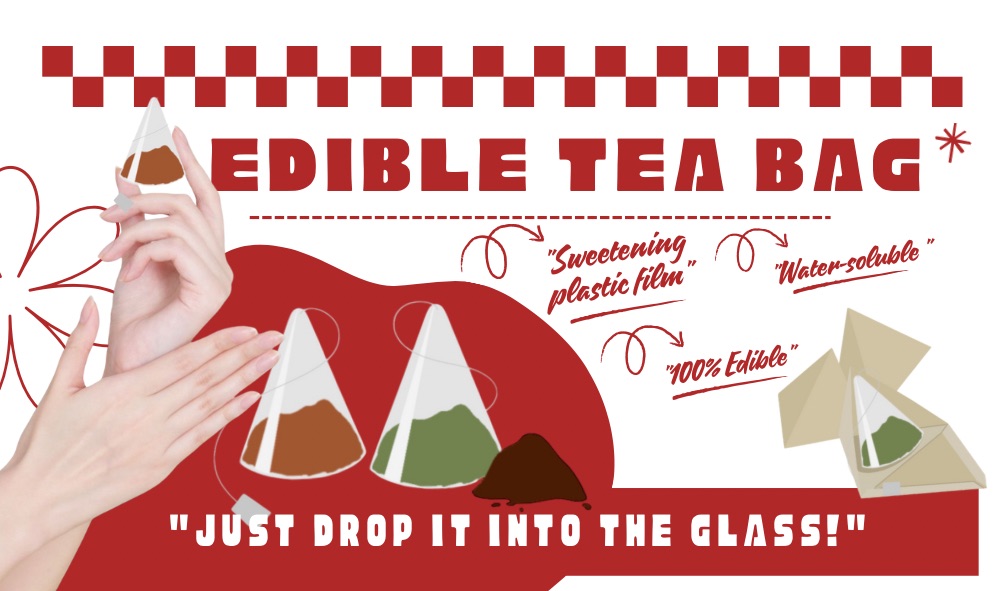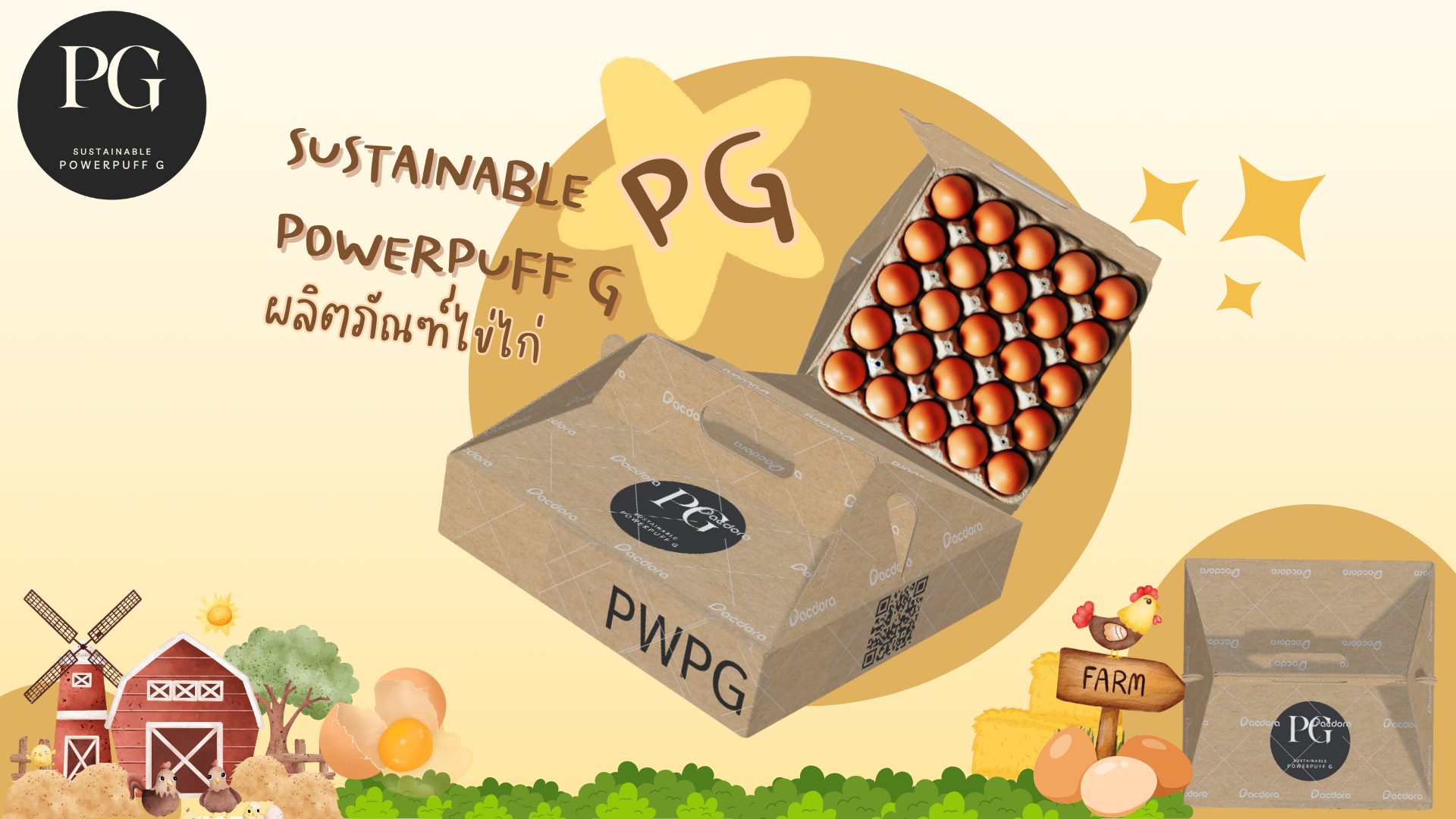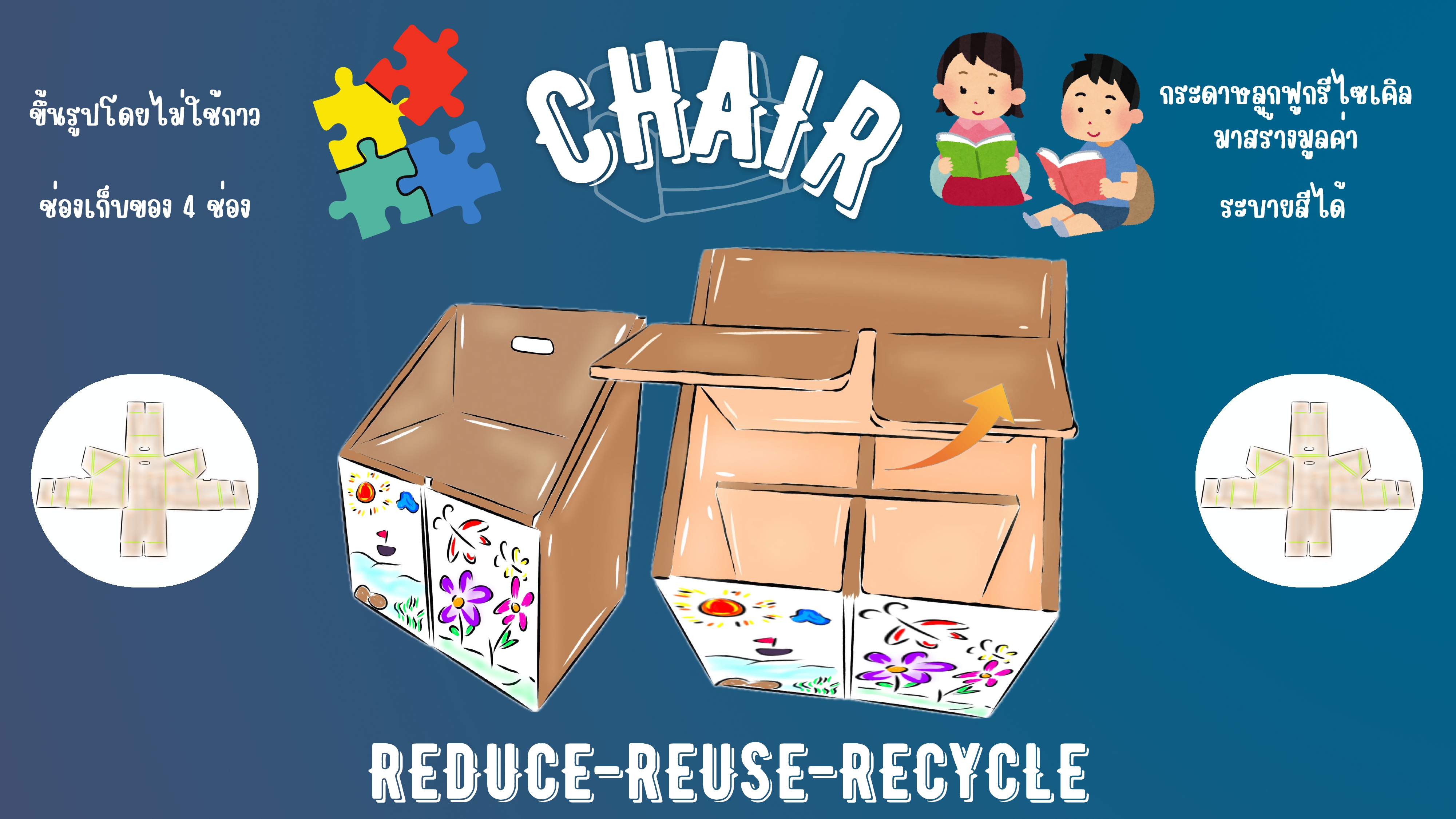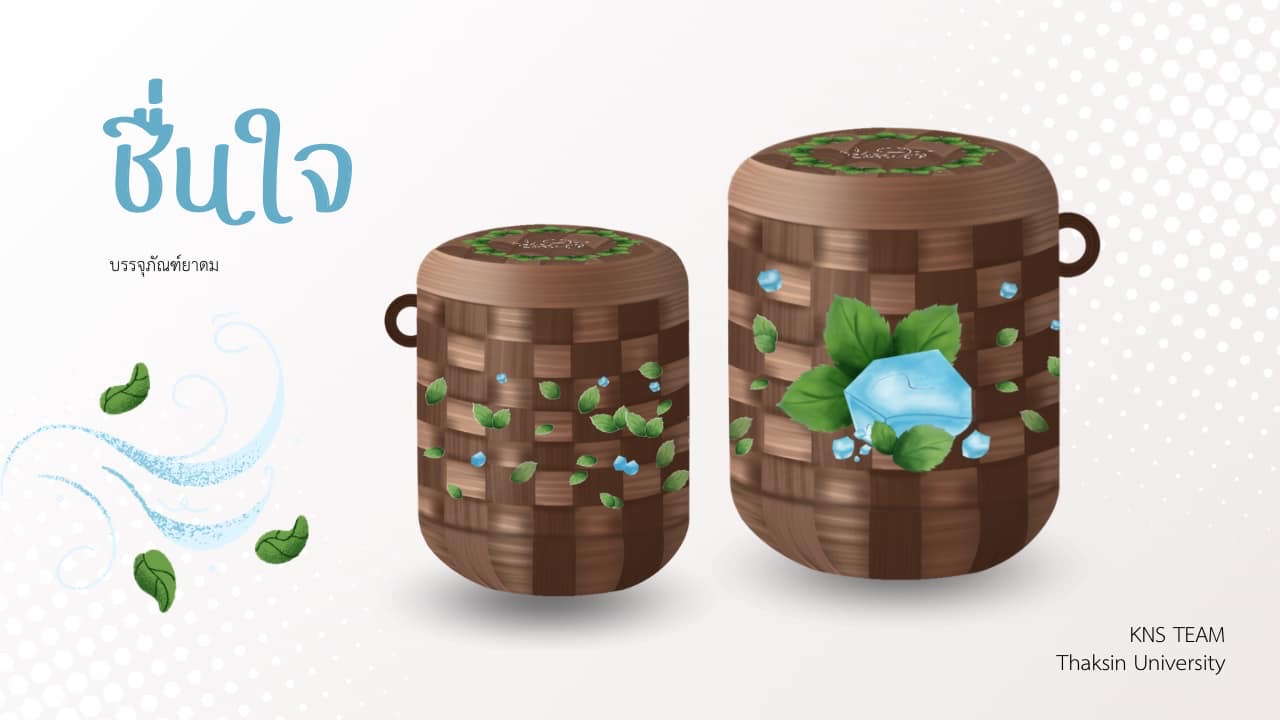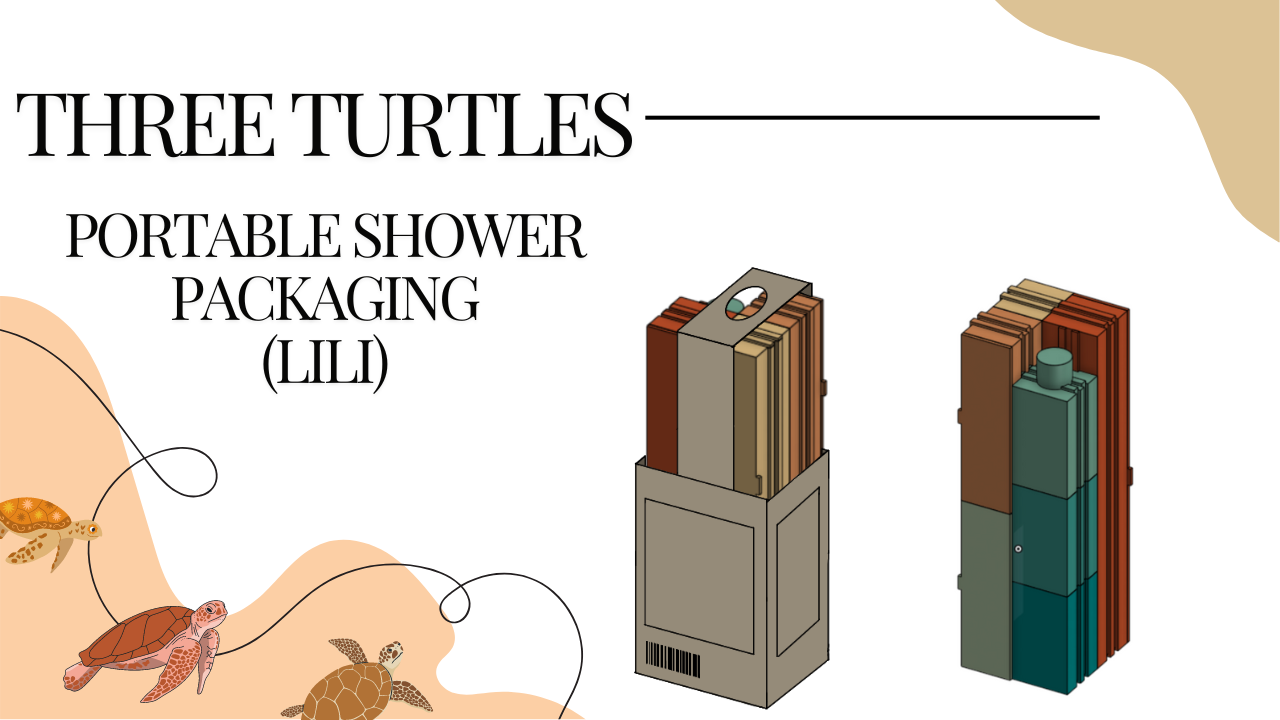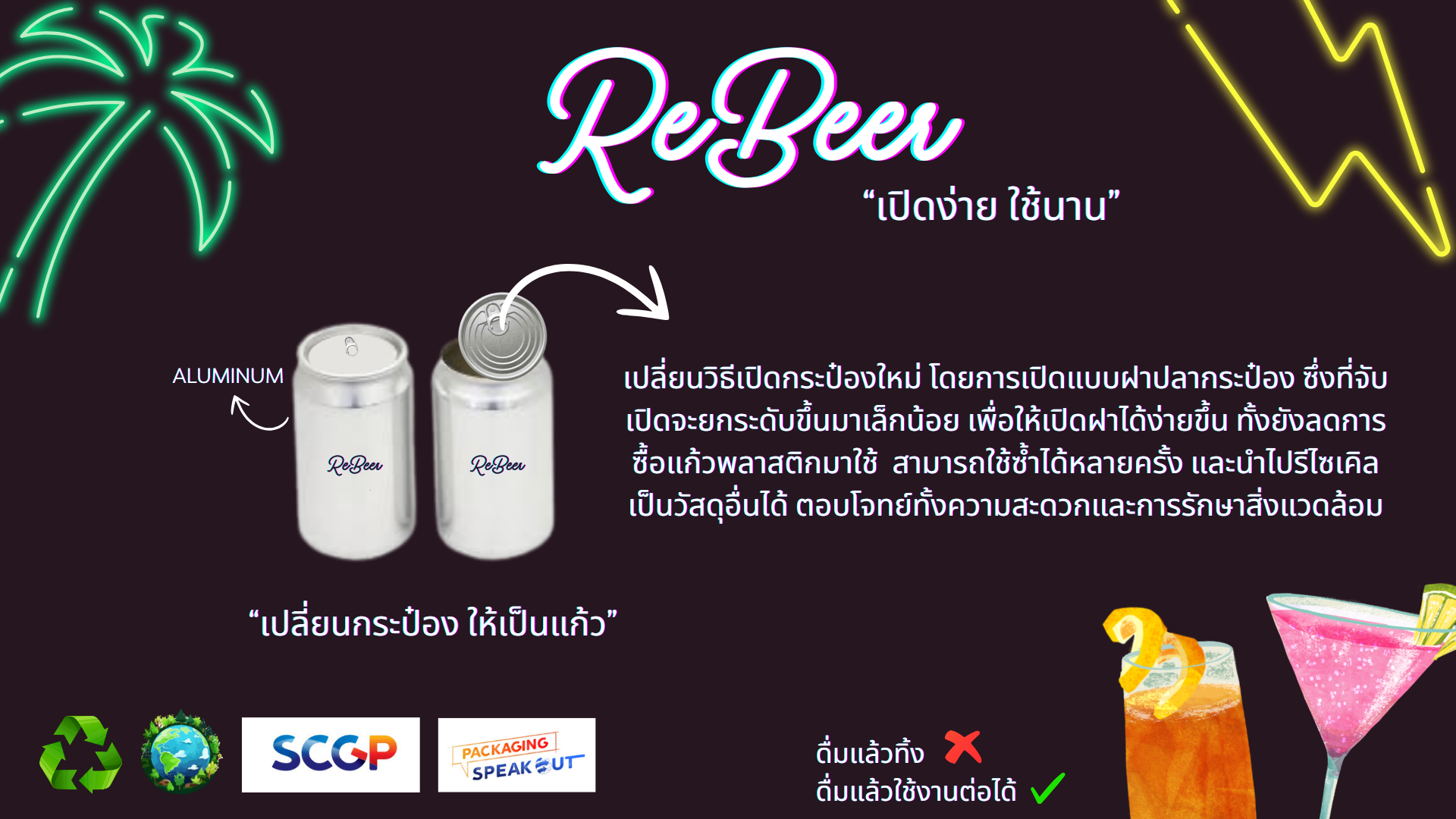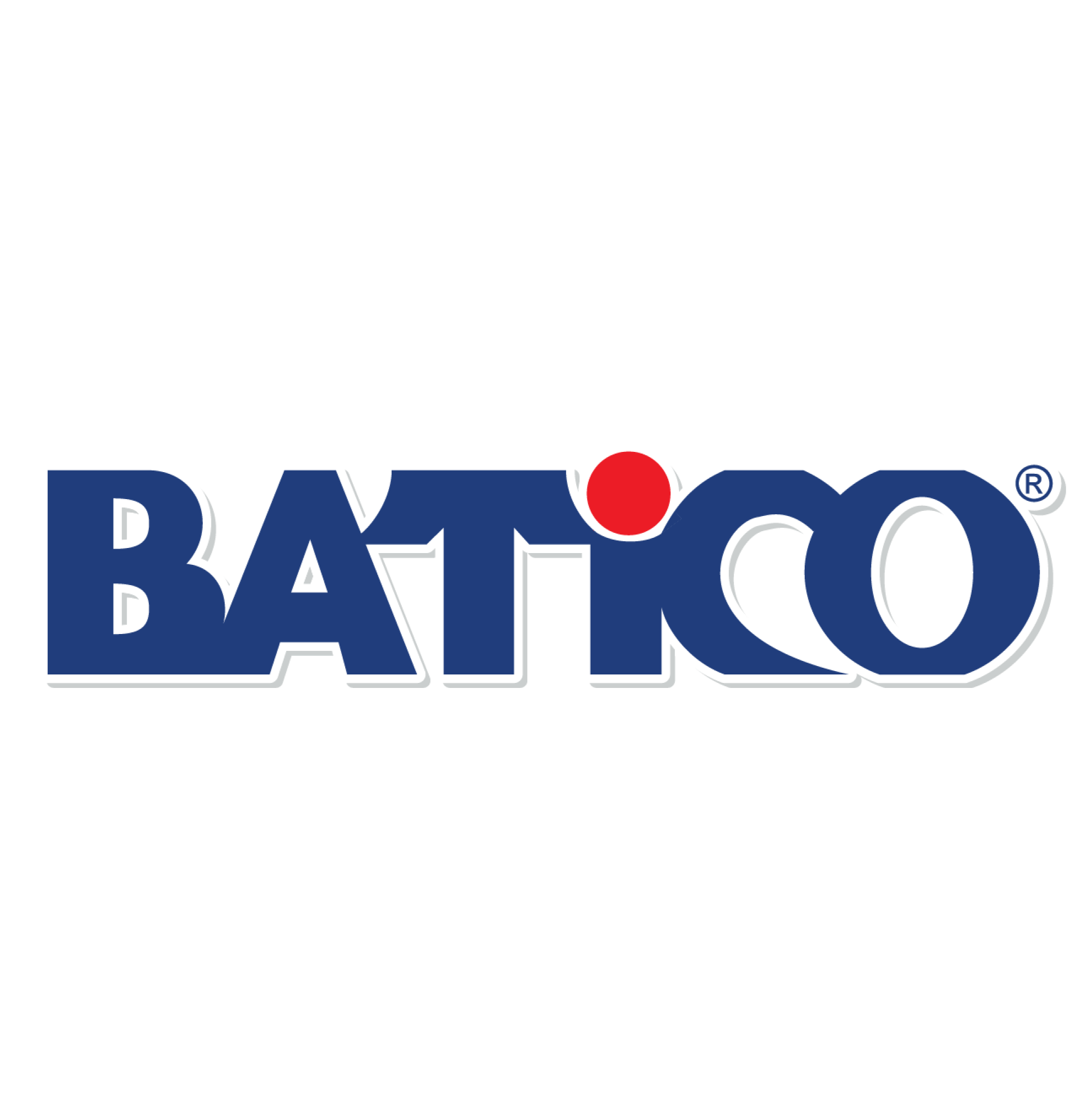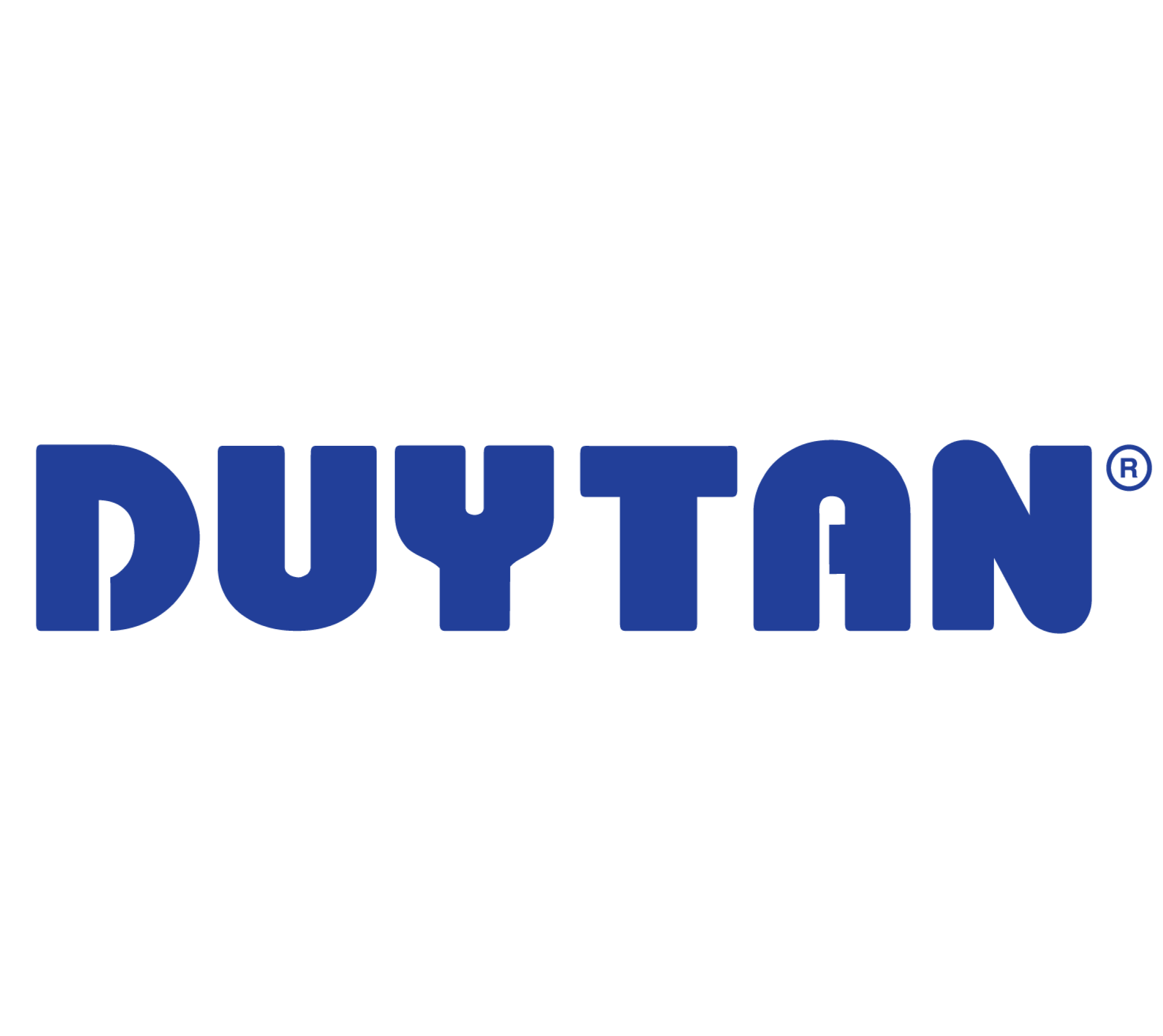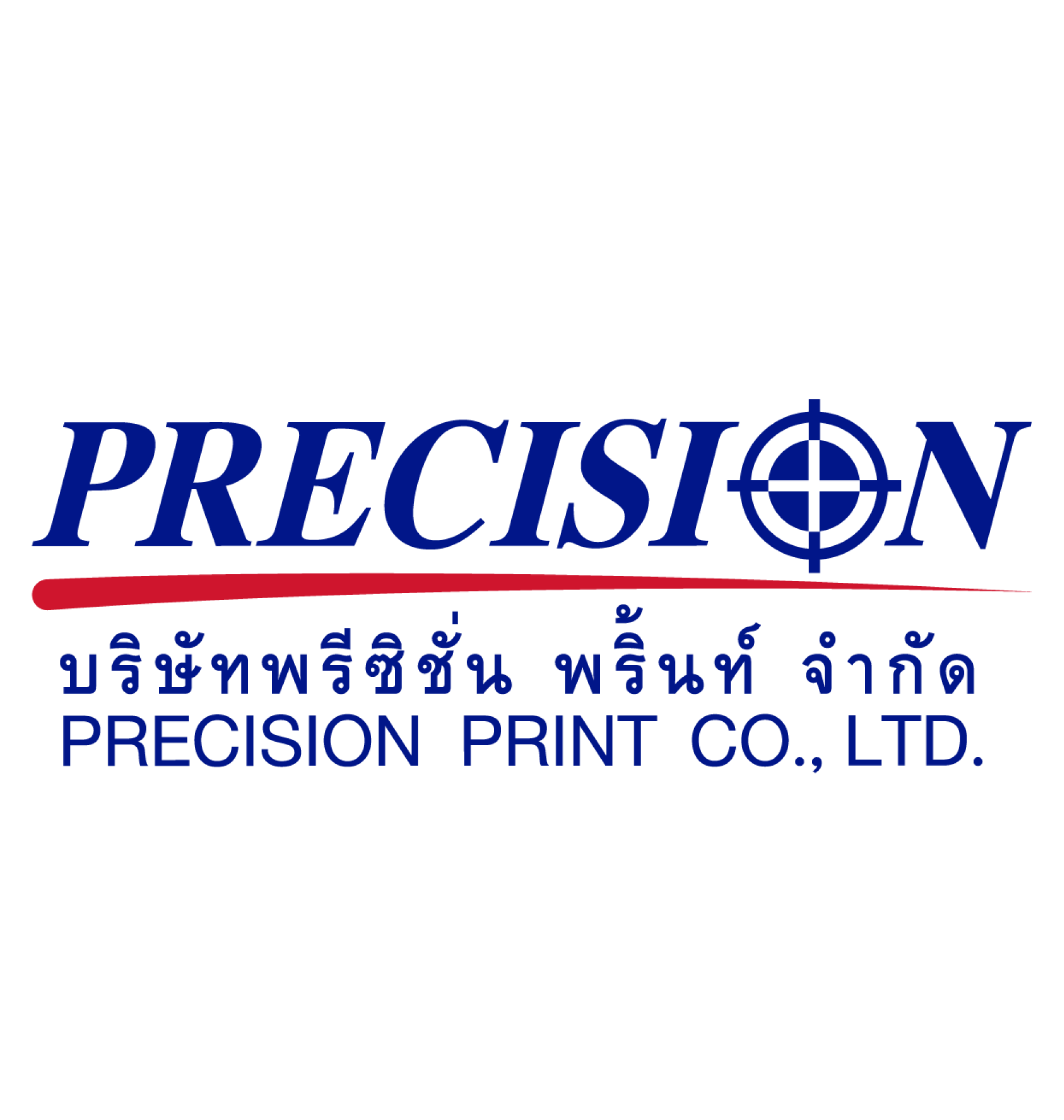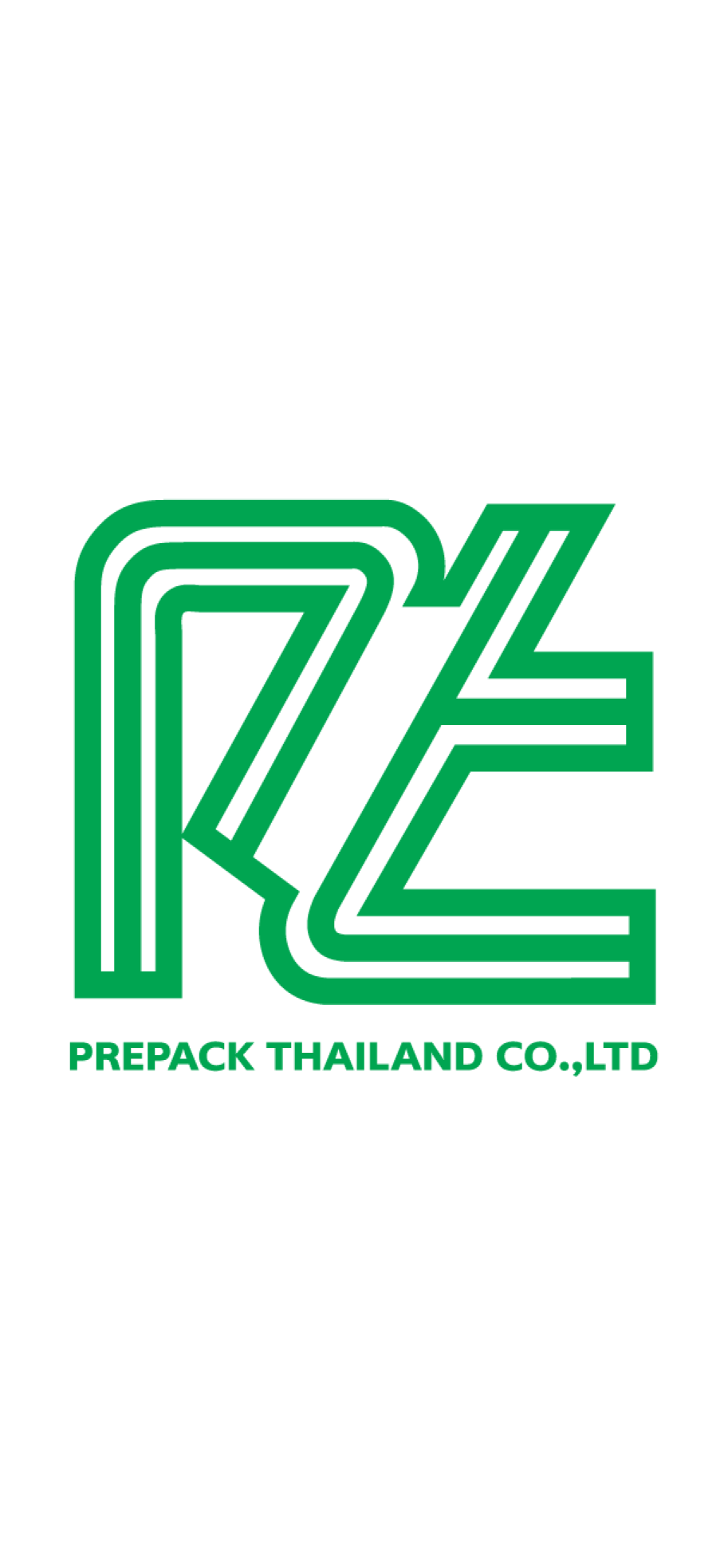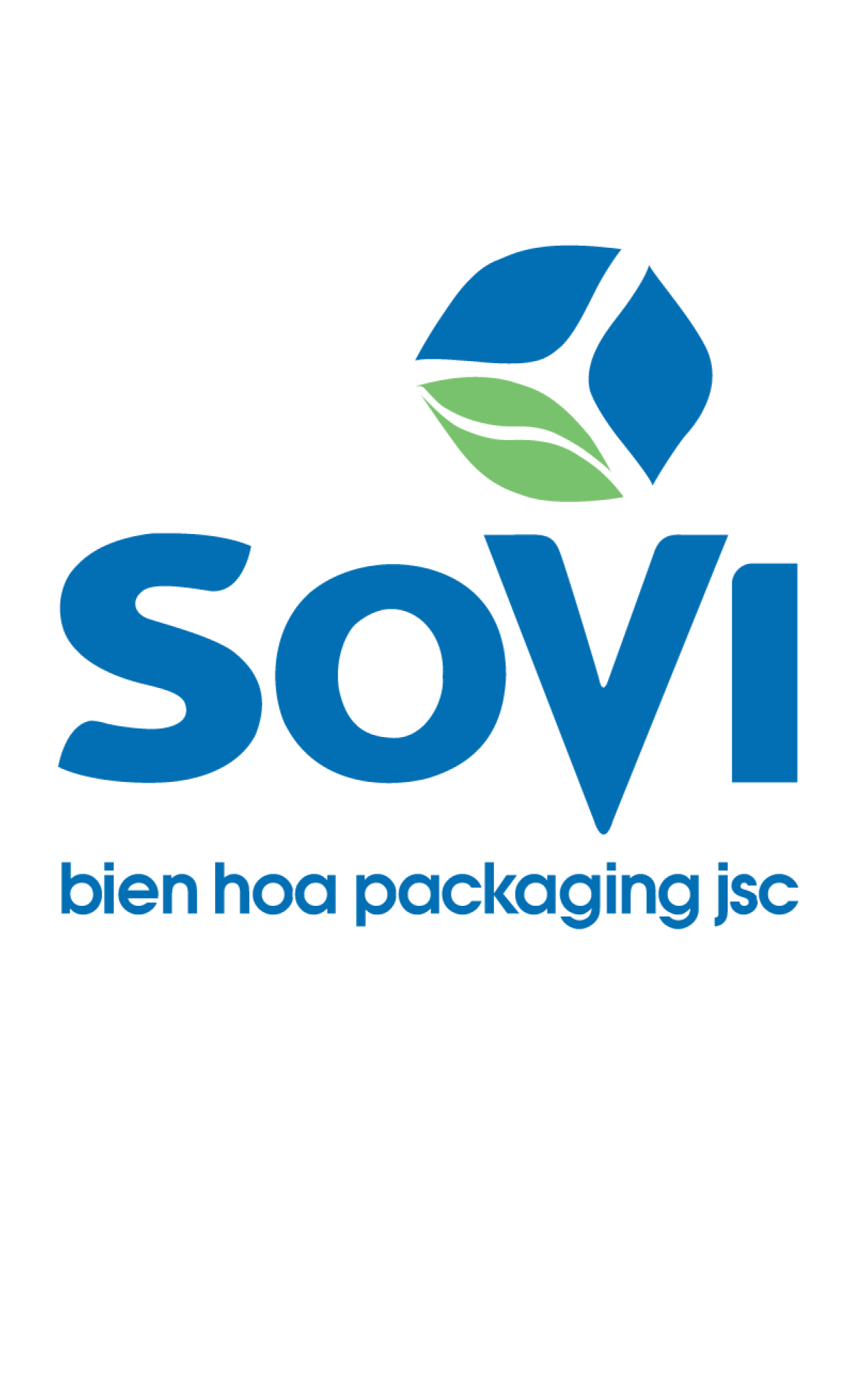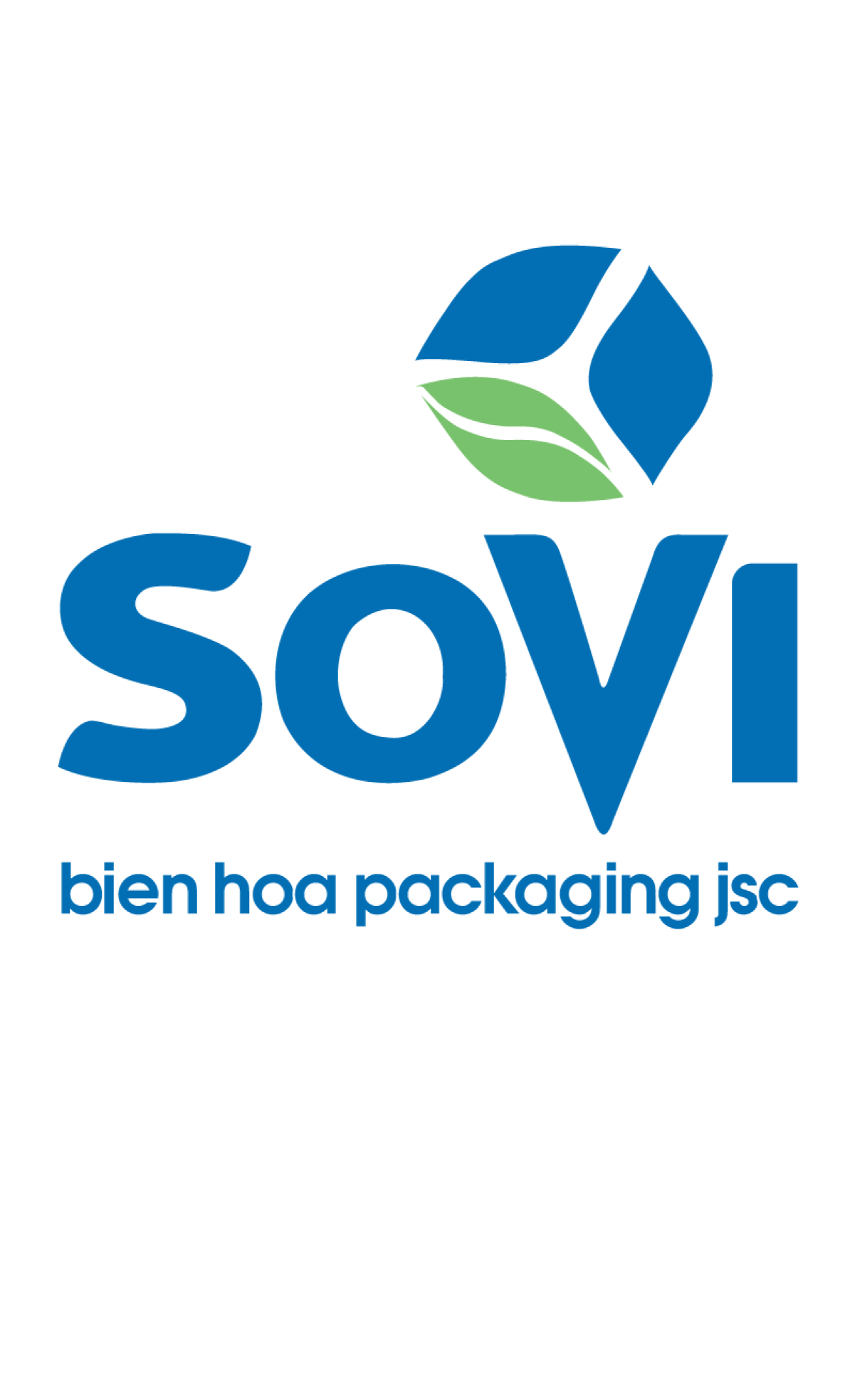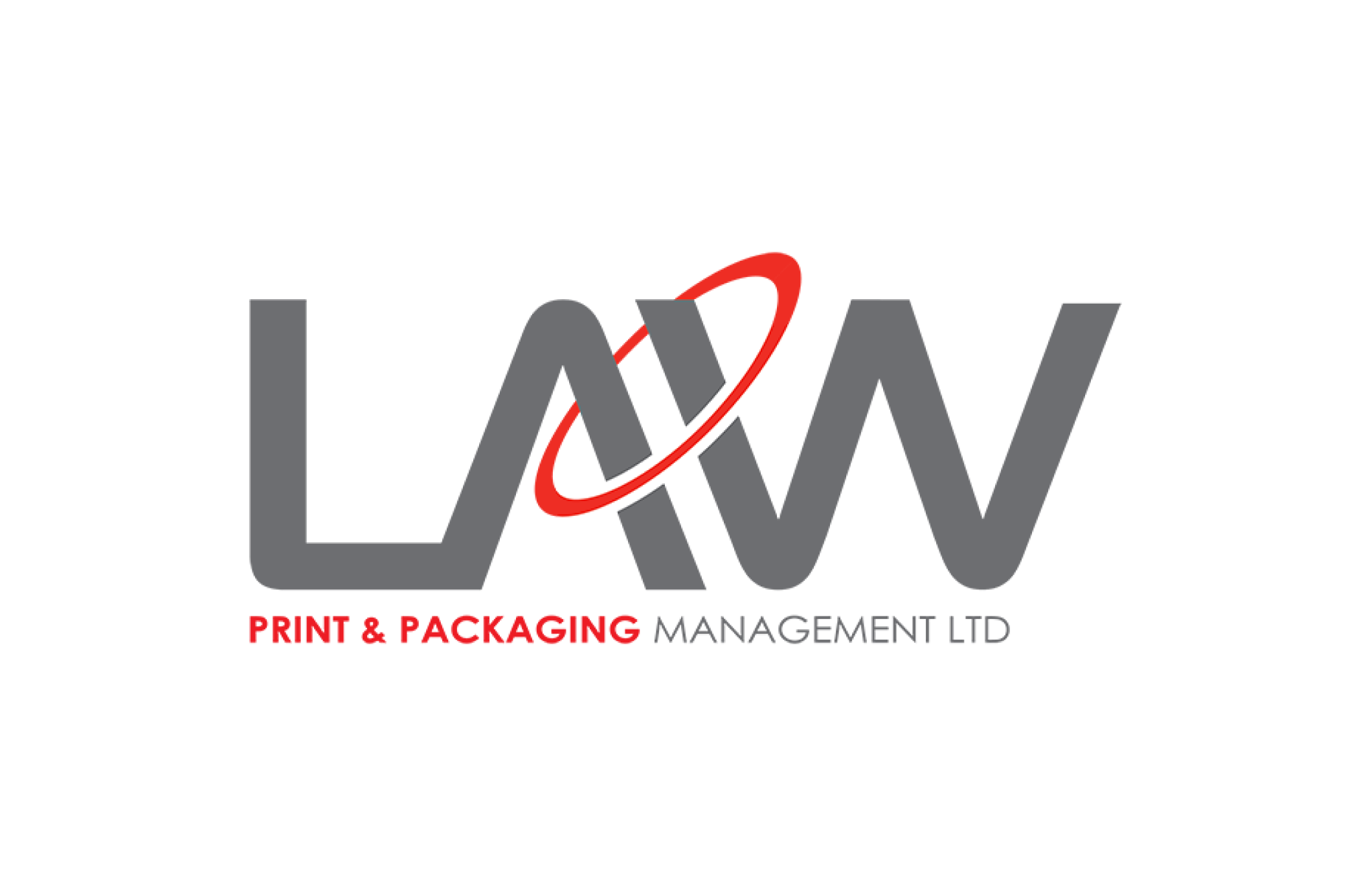Eco-Friendly Shoe Box Solution
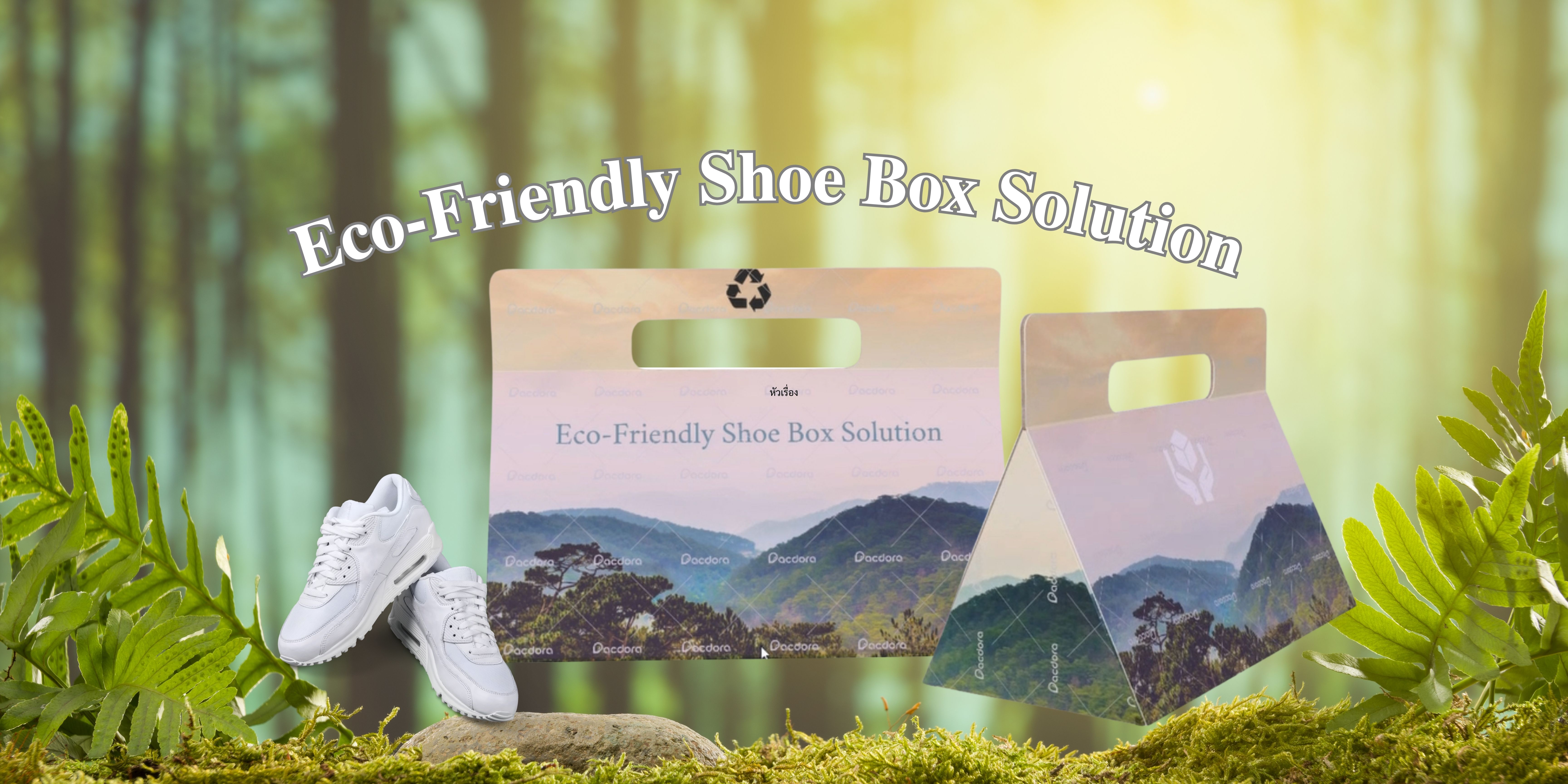
Team : Love Donor
Member
Ms Sariya jarakhon
Mr Sawatsakon Mongthong
Ms Sariya Jarakhon
Eco-Friendly Shoe Box Solution
Business Environment Analysis
Market Situation
The market for multi-functional packaging is experiencing growth, particularly among consumers who seek to save space while enhancing functionality. The shoebox design that doubles as a shoe rack meets the demand for stylish storage and organization. The increasing popularity of using recycled or natural materials in shoebox production reflects a growing consumer interest in environmentally friendly products, especially among those looking for solutions that emphasize "limited space but style."
Internal Business Environment
Strengths:
- Space Saving and Convenience: Combines storage and display functions, helping to organize and maximize space in the home.
- Added Value: Multi-functionality enhances the perceived value of the product, making it more attractive to consumers.
- Environmentally Friendly: Made from recycled or natural materials, contributing to reduced environmental impact.
- Variety of Designs: Can be created in various sizes and styles to cater to diverse customer needs.
- Lightweight: Easy to move and arrange as desired.
Weaknesses:
- Low Durability: Shoeboxes may not be as durable as traditional shelves.
- Limited Capacity: May not accommodate a large number of shoes.
- Aesthetic Appeal: Some consumers may find the design unattractive or lacking in neatness.
- Maintenance: May require upkeep to prevent deterioration over time.
Opportunities:
- Recycling Market: Growing trends in consumer recycling provide a significant opportunity for product alignment.
- Branding: Potential to establish a sustainable and creative brand identity.
- Workshops and DIY Projects: Organizing workshops for creating DIY shoe racks can engage consumers and promote the product.
- Expanding Market: Opportunities to target the eco-friendly consumer segment with innovative ideas.
Threats:
- Competition: Numerous aesthetically appealing shoe rack products exist in the market, creating a competitive challenge.
- Consumer Perception: Some consumers may be hesitant to purchase recycled products due to preconceived notions.
External Environment
- Economy
- Economic Trends: Economic growth can influence consumer spending; for example, when the economy is strong, consumers may be more inclined to purchase new products.
- Material Costs: The price and availability of recycled shoe boxes can impact production costs.
- Society and Culture
- Environmental Trends: An increasing focus on recycling and sustainability enhances the appeal of this product.
- Changing Consumer Behavior: Consumers are increasingly turning to products made from recycled materials.
- Technology
- Online Marketing: Utilizing social media and online platforms to promote products effectively.
- Competition
- Substitute Products: Numerous shoe rack options exist in the market, presenting competitive challenges.
- Branding: Building a strong brand can help raise awareness and interest in the product.
Target Audience
- Age Group
- Teenagers and Adults: Individuals interested in DIY projects and creativity.
- Families: Parents seeking to organize shoes for their children and family members.
- Lifestyle
- Eco-Conscious Consumers: People who value recycling and sustainable products.
- Space-Constrained Individuals: Those living in small spaces, such as apartments, who need space-saving storage solutions.
- Interests and Preferences
- Students: This group may be on a tight budget and in need of economical storage solutions.
- Arts and Crafts Enthusiasts: Individuals who enjoy DIY projects and want to express their creativity.
- Purchasing Behavior
- Online Shoppers: Consumers who prefer to order products online for convenience.
- Supporters of Recycled Products: Consumers who actively seek out products made from recycled materials.
Target Customer Definition and Insights
- Environmental AwarenessThe target group for shoebox shoe racks is often environmentally conscious. They prefer products that reduce waste and are eco-friendly. Choosing recycled materials gives them a sense of satisfaction in making sustainable purchases.
- CreativityThis group typically includes individuals who enjoy being creative and engaging in DIY projects. Using shoeboxes to create a shoe rack aligns with their desire to express their creativity.
- Budget-ConsciousnessMany members of this group are students or individuals with limited budgets. Utilizing existing materials helps them save costs and serves as an ideal solution.
- Ease of UseConsumers seek convenient and user-friendly solutions. The design of shoebox shoe racks should prioritize simplicity in use and organization.
Persona: "Creative Eco-Conscious Student"
Basic Information:
- Name: Mina
- Age: 22
- Education: Bachelor's degree student (Arts)
- Location: Small dormitory in the city
General Characteristics:
- Interests: DIY, art, recycling, sustainable design
- Lifestyle Behavior: Enjoys working from home and has a hobby of creating new items from recycled materials.
Goals:
- To organize shoes neatly within a limited space.
- To express personal style through home design.
- To commit to using eco-friendly products.
Challenges:
- Limited budget for purchasing new furniture.
- Small apartment space requiring space-saving storage solutions.
- Need for easy access to shoes.
How to Find and Decide:
- Uses social media platforms such as Instagram and Pinterest for inspiration.
- Reads online product reviews and participates in DIY groups for idea exchange.
- Tends to buy from websites that emphasize eco-friendly products.
Motivations to Buy:
- Interest in sustainable and creative products.
- Preference for affordable, do-it-yourself solutions.
- Desire to help reduce waste and promote recycling.
Design of Social and Environmental Packaging for the Brand and Products Presented
DIY Design from Shoe Boxes:
- Use recycled materials to create packaging and shoe racks.
- Reduce the use of plastic shoe bags and avoid non-degradable plastics.
Sustainable Design:
- Design packaging that can also function as a shoe rack, saving space and simplifying transportation.
- Employ simple designs to minimize unnecessary material usage.
Marketing Activities and Brand Development Through Packaging
Create distinctive packaging by changing the shape of the shoe box from square to triangular.
- Creative Marketing:
- Multi-Use Packaging: Design packaging to be reusable, serving as a shoe rack or home decoration.
- DIY Activities: Include a DIY shoe rack guide with the packaging to engage consumers.
- Promotions:
- Special Offers: Utilize packaging to promote discounts or incentives for customers who share product images on social media.
- Sustainability Communication:
- Recycling Information: Provide clear instructions on how to recycle the packaging.
- Product Storytelling: Use packaging to convey the story of environmentally friendly production, emphasizing reduced plastic use and cost savings for consumers.
- Analysis and Improvement:
- Collect Feedback Data: Use packaging as a channel to gather customer feedback, such as through QR codes on shoe boxes that link to questionnaires.
Marketing Measurement
Sales Analysis:
- Total Sales: Track sales over time to monitor revenue growth.
- Sales by Channel: Analyze sales from both online and offline channels to evaluate performance in each.
Customer Satisfaction Survey:
- Questionnaires: Distribute surveys to collect data on product and packaging satisfaction.
- Reviews and Ratings: Analyze comments and review scores on various platforms to assess overall satisfaction.
Social Media Analysis:
- Engagement: Monitor the number of likes, shares, and comments on product posts.
- Follower Growth Tracking: Assess the increase in followers on social media after marketing campaigns.
Packaging Usage Tracking:
- Usage Analysis: Evaluate how well the content provided in the packaging, such as DIY guides and shoe box information, is received by customers.
- QR Code Usage: Track access to additional information via QR codes on shoe boxes.
Competitor Analysis:
- Comparison with Competitors: Analyze the strategies and success of competitors in the market.
- Market Trend Analysis: Monitor trends related to recycled and DIY products to identify growth opportunities.

